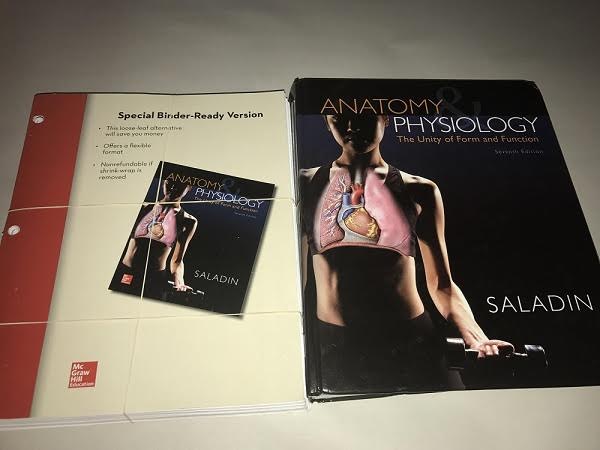Loose Leaf Textbook: What Is It?
The following information might be extremely useful for students willing to get back some money they have spent on their college textbooks. You probably already know that many textbooks are currently sold in a loose leaf, or "binder ready" format (which is also sometimes called a la Carte since they may be printed on demand by the publisher).
If a book is a loose leaf, this means that it does not have a traditional binding like a hardcover or a paperback: basically, a loose leaf edition is just a stack of pages which may be three-hole-punched so that they could be held together by a binder.
Loose leaf editions have their advantages and disadvantages compared to other editions, and you might want to consider them before purchasing such a book:
Pros:
1. They are usually cheaper than hardcovers, and no wonder: a simple stack of paper is much easier to produce.
2. You can take out one chapter and bring it with you: no need to carry a whole thousand-page volume everywhere.
Cons:
1. Many a la Carte editions cannot be sold back since they do not have their own ISBN, or there is a low demand for used loose leaf books in general.
2. You can damage or misplace pages of a loose leaf textbook much easier than when dealing with a regular book.
3. Pages may not be coated for durability.
4. It would not look nice on your shelf after you finish the course if you plan on keeping your textbooks.
It is generally up to you: whether you plan on buying an expensive hardcover and attempting to sell it back later or purchasing a loose leaf version which might not be eligible for sellback afterward. However, in some cases, they can still be sold on BooksRun: go and check your books now!


Before you sell back your loose leaf book:
- Check the ISBN carefully. Make sure that the description of the cover states "Loose leaf" when you input the ISBN into the search field; otherwise, you might end up not getting paid if you quote a hardcover edition and send out a loose leaf. Check the copyright page and the back cover to find the correct ISBN of your loose leaf edition. Note: some a la Carte books are not eligible for resale as they don't have their own ISBNs.
- Check the access code. The ISBN may correspond to a bundle that includes a book and an access code. If you plan on selling your loose leaf book, this might be a problem. Such books are usually shrink-wrapped, and access codes may be printed on one of the pages and be visible if you remove the original plastic wrap and open the book. In such cases, even if you haven't used the code, it would still count as used since it is visible. If the description of the item includes such comments as "with supplementary materials" or "with access code," then the book should be in original packaging, and the access code should not be visible for the item to qualify for buyback.
- Make sure that all pages are included. Loose leaf books which are missing original covers, chapters, or exercises are not acceptable for buyback.
- All the pages should be in the correct order. If the book arrives with pages scattered around the box, it will not be accepted for buyback. We would recommend to safely wrap the book in plastic to secure it from water damage and prevent pages from mixing. If you choose to send the book in a binder, please be reminded that the binders are not returned.
Happy selling!



